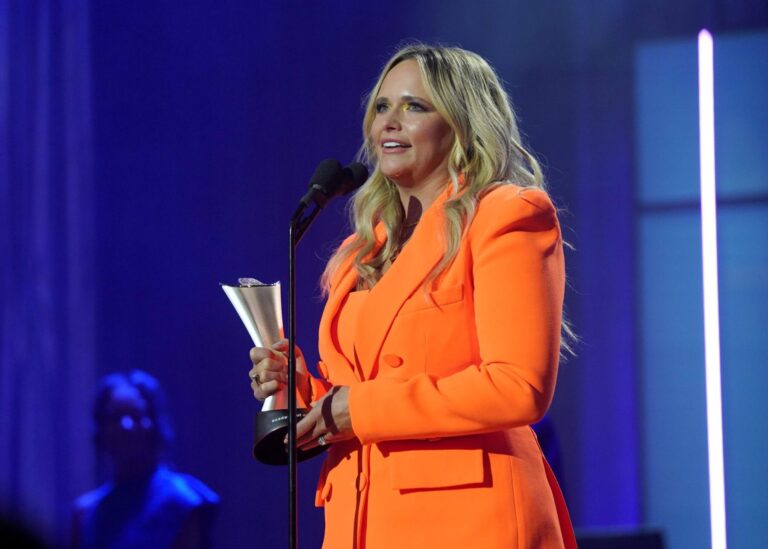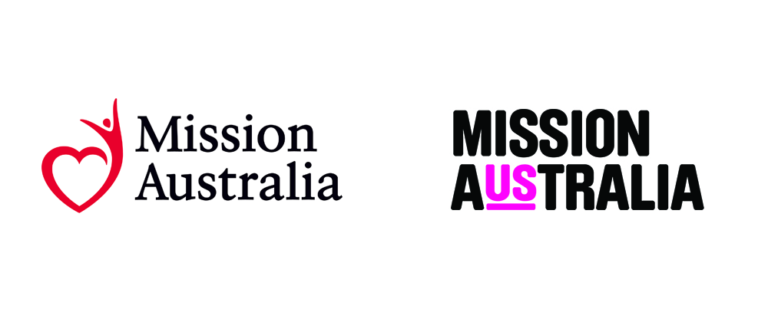Dairy code under review
DAIRY farmers are awaiting the outcome of a 12 month review of the industry’s voluntary code of practice by the Australian Dairy Industry Council, 12 months after its introduction.
Dumbalk dairy farmer Damian Murphy said after the events of April 2016, something needed to be done to rebuild trust and relationships between farmers and processors.
“I have a simple view that we had to start somewhere and that was with a voluntary code. Where we end up is really up to the processors and their behaviour,” he said.
“The code is necessary, because in its most simple form it is setting the rules of the game and this game involves people’s livelihoods, which has a flow on effect throughout the whole community.”
Burra Foods CEO Grant Crothers said the introduction of the voluntary code had little impact on the company.
“For Burra, it has meant little as we did not step down in 2016 nor did we establish any price clawback mechanism,” he said.
“Processors are very aware of the erosion of trust in the relationships, which the code can only assist repair.”
Mr Crothers said whether the industry needed the code or not was “a fair question”.
“The industry has worked very well for the last 50 or so years without such a code – 18 years without regulation,” he said.
“The events of 2016 were driven by poor governance and the code may assist future stronger governance.
“The processing sector is now a group of well capitalised companies with a focus on maximising value from milk and growing the industry.
“The code will not do that, but if it assists confidence at farm gate then it has a role.”
One of the functions of the code was to create a more transparent milk pricing system.
“The United Dairyfarmers of Victoria have been working with farm consultant John Mulvany on a simpler milk pricing system that encourages efficient, low cost, profitable and resilient production of milk,” Mr Murphy said.
Mr Crothers said the farmgate milk pricing system was transparent enough, but conceded it was too complicated.
“Dairy farmers have various opportunities to get payment and cash flow forecasts from processors, but the payment system has developed complexity we would rather not have,” he said.
“The value of raw milk over a 12 month cycle is complicated and processors are asked to accurately forecast foreign exchange, commodity prices and global demand – things that even the best resourced institutions regularly get wrong.
“We have an imperfect system, but in 48 of the last 50 years it has worked well and to date it’s the best one we can find.”
As part of the review process, ADIC will analyse separate reports handed down by the Australian Competition and Consumer Commission and the federal Senate’s Economics Reference Committee.
The review should be completed by the end of June.
Australian Dairy Farmers president Terry Richardson said the code of practice was a vital part of restoring relationships across the industry.
“The ADF is undertaking a review and consultation process to ensure the code is working in the interests of farmers,” he said.
“There has been conjecture about jumping to a mandatory code, but we cannot make a snap decision on such a fundamental issue for the dairy industry without first assessing whether the current code is effective or what mechanisms would provide the most benefit to farmers.”
Short URL: /?p=25149






